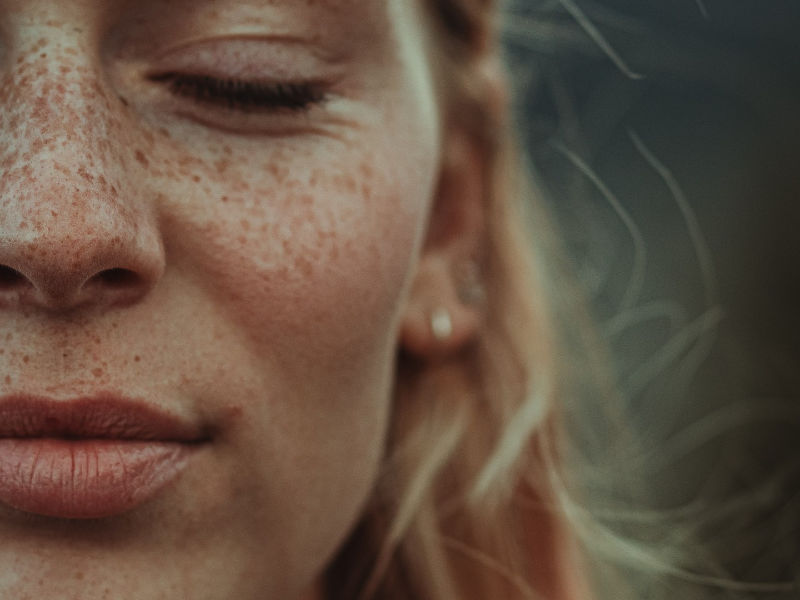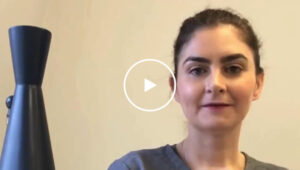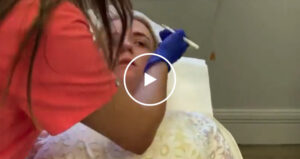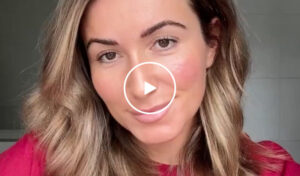We love anything which gives your face character – just be mindful of changes, particularly as you age. What should you look out for?
Freckles are small brown spots on your skin, typically in areas of sun exposure. Generally harmless – although, as with any skin lesion, watch for any changes – they form as a result of overproduction of melanin (the natural pigment which gives skin its colour). Freckles are associated with a variant of the MC1R gene which alerts the body when it’s exposed to harmful UV radiation. It’s a dominant gene so anyone with at least one copy of the freckle variant from a parent will likely develop freckles, from childhood onwards. Don’t be alarmed if your freckles darken in summer and fade in winter – this is normal.
Age spots (also known as brown spots, liver spots and solar lentigines) are typically larger than freckles and are caused by overactive pigment cells. UV light speeds up melanin production (the natural pigment which gives skin its colour) and, when skin has had years of sun exposure, age spots appear where melanin becomes clumped or is produced in high concentrations. They are a common form of hyperpigmentation and appear as small, flat and darkened patches of skin that are light brown to black in color. They are most common over 40 years of age (hence the name) but may occur earlier.
Get to know your skin and embrace its uniqueness, whilst watching out for any significant changes over the years. For instance, keep an eye out for brown spots which:
– become asymmetric
– have borders that shift
– get darker or lighter
– or change in size.
Cancer Research UK advises,
“To look at areas you can’t see easily, try using a hand held mirror and reflect your skin onto another mirror. Or get your partner or a friend to look. This is very important if you’re regularly outside for work or leisure.
You can take a photo of anything that doesn’t look right. It’s a good idea to put a ruler or tape measure next to the abnormal area. This gives you a more accurate idea about its size and can help you tell if it’s changing. You can then show these pictures to your doctor.”
Contact us, your GP or dermatologist with any questions.






